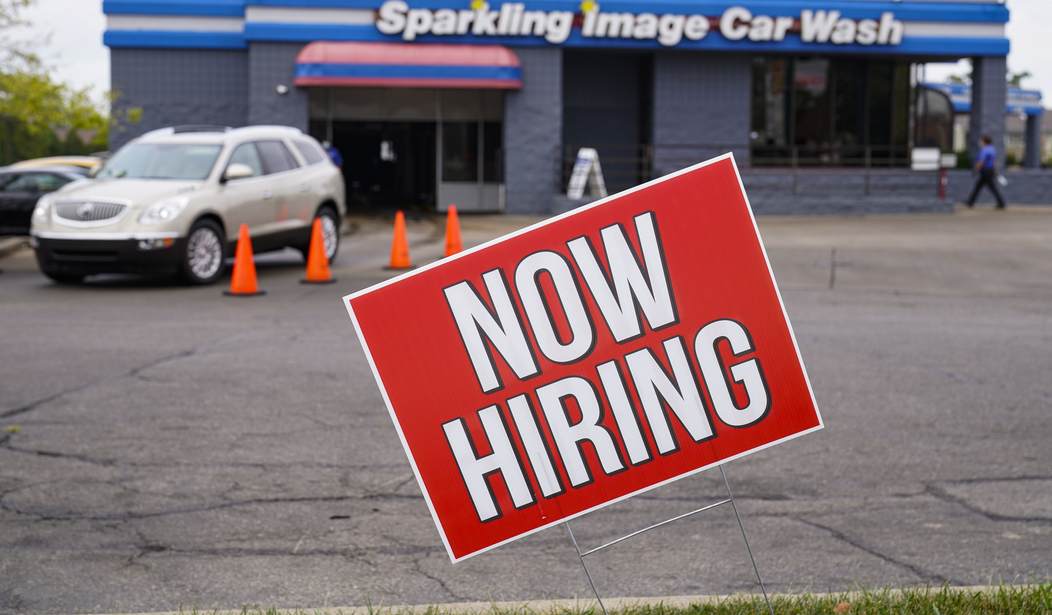Employers in the U.S. added almost 340,000 jobs in May, a sign that the jobs market is still strong despite a questionable economy that features still-hot inflation, rising wages, and a possibly pending recession. It also endured through a lengthy debt ceiling fight that will likely be resolved by the end of the day Friday when President Joe Biden signs the bill representing the deal cut between him and House Speaker Kevin McCarthy, avoiding a potentially catastrophic default.
There were some revisions to previous months’ reports that showed hiring was even hotter in March and April than previously suggested. Those totals were both revised upward for a net gain of 93,000 jobs, according to the Labor Department’s report on Friday. May’s rise marked the 29th straight monthly increase in employment. The unemployment rate rose to 3.7 percent, which is still near historic lows. However, it’s an uptick from April’s 3.4 percent unemployment rate.
As far as the breakdown of jobs goes:
Professional and business services led job creation for the month with a net 64,000 new hires. Government helped boost the numbers with an addition of 56,000 jobs, while health care contributed 52,000.
Other notable gainers included leisure and hospitality (48,000), construction (25,000) and transportation and warehousing (24,000).
Despite the big jobs gain, the unemployment rate increased due in large part to a sharp decline of 369,000 in self employment. That was part of an overall drop of 310,000 counted as employed in the household survey, which is used to calculate the unemployment rate.
The news is likely to have an impact on the Fed’s interest rate hike initiative.
Federal Reserve officials are closely monitoring the labor market as they consider their next policy move. The central bank in May lifted its benchmark federal-funds rate by a quarter percentage point to a range between 5% and 5.25%, its 10th consecutive increase intended to tame high inflation. Fed officials had hoped to see higher borrowing costs cause the economy to slow more by now, curbing wage and price increases.
Fed officials have signaled they are increasingly likely to hold interest rates steady at their meeting June 13-14 before preparing to raise them again later this summer.
Some sectors such as tech, real estate and finance have shown some signs of stress. High-profile companies such as Facebook parent Meta Platforms, Goldman Sachs Group and Grant Thornton recently moved to cut jobs. The overall layoffs have remained low, and job openings ticked up in April, the Labor Department said. Workers, especially in tech, have largely been able to find new jobs quickly, although a new position might be less lucrative or at a company with less cachet.
Are Wages Still Hot?
Despite the Labor Department report this morning, another key statistic was revised downward – a lot – by the agency earlier this week.
"yeah, we know we told you wages were up 4.9% in the first quarter, and the fed was hiking to slow wage growth and everything… turns out wages actually fell 0.7%… our bad"https://t.co/G8Vcsfv9aU pic.twitter.com/BevORGnLSX
— Frog Capital (@FrogNews) June 1, 2023
In the fourth quarter of 2022, labor productivity in the nonfarm business sector was unrevised, retaining the 1.6-percent increase reported last month. Hourly compensation, however, was revised down from the previously reported increase of 4.9 percent to a decrease of 0.7 percent, due entirely to a downward revision to compensation. As a result, unit labor costs decreased 2.2 percent in the fourth quarter of 2022, rather than increasing 3.3 percent. Labor productivity in the total manufacturing sector was revised down 0.2-percentage point to a decrease of 3.2 percent, the result of a 0.3-percentage point downward revision to output, which contracted at a 3.7 percent rate. Hours worked were unrevised, decreasing 0.5 percent in the fourth quarter. Hourly compensation was revised down 4.9 percentage points to a 0.1-percent decrease; this led to a 4.8-percentage point downward revision to unit labor costs, from an increase of 8.0 percent to an increase of 3.2 percent.
That key revision could mean that wages are not nearly as hot as they’re being reported this month, which can also have a big impact on the Fed’s plans going forward.













Join the conversation as a VIP Member